Posts About Latest Discoveries
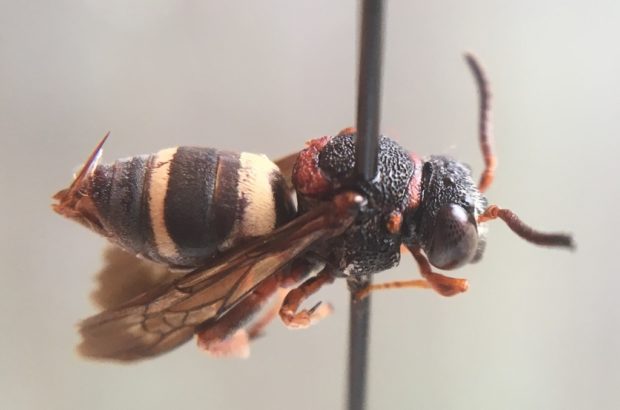
Bee Survey Says… Numerous Species Found For First Time In Vermont This Summer
This summer, the Vermont Center for Ecostudies has spearheaded the Vermont Wild Bee Survey in Chittenden County. According to project coordinator Spencer Hardy, more than 320 species have been documented thus far — and nearly a dozen appear to be species of wild bees that were previously unknown to be in the state.
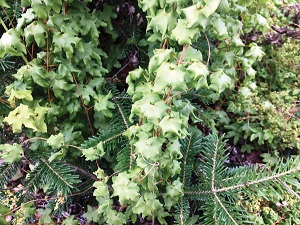
The Climbing Fern is Back in Vermont
Last observed in Vermont in 1997, the climbing fern has been spotted again growing in the Northeast Kingdom, according to Vermont Fish & Wildlife’s botanist Bob Popp.
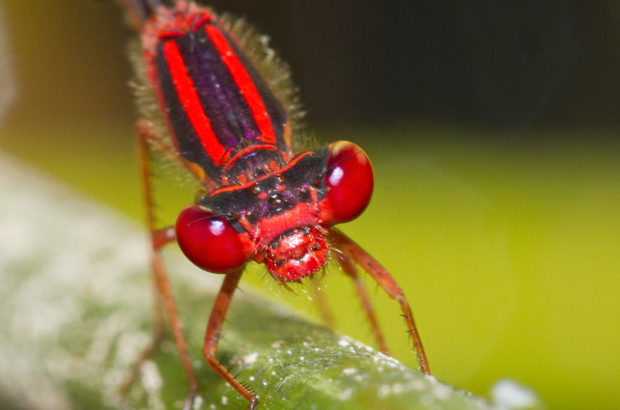
When a Bluet Isn’t Blue: Vermont’s “Newest” Damselfly
Congratulations, Vermont. You’ve got a new damselfly. Here’s a tale about a bluet that’s defies the “blue” in its name. It becomes Vermont’s 45th known damselfly species.
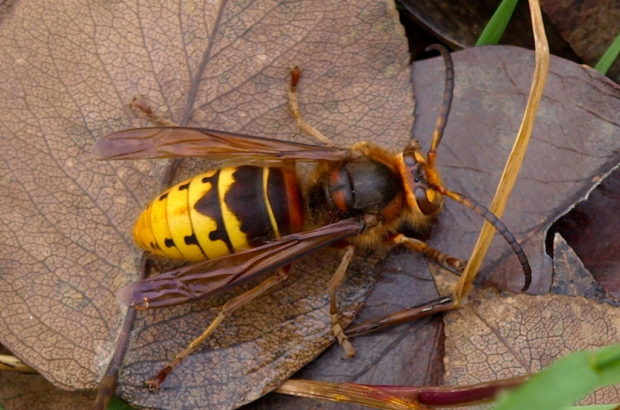
European Hornet Identified For The First Time In Vermont
The first Vermont specimen of the large European hornet was found in the southern part of the state and identified last month by the Department of Forests, Parks and Recreation. The department says it’s possible the species has been here for a while and only just now been identified.
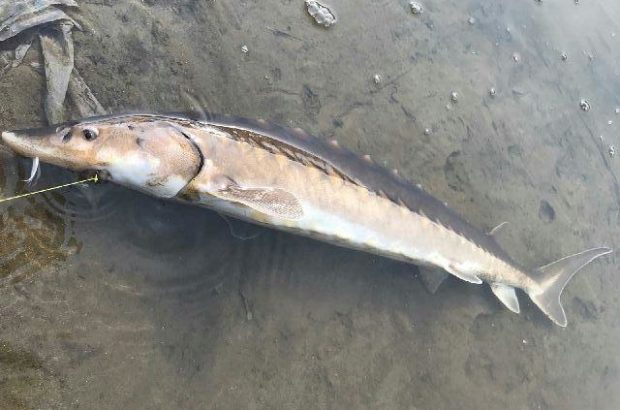
Endangered Fish Found in Vernon
An endangered fish was hooked recently in the Connecticut River near Vernon. National Marine Fisheries Services Endangered Species Coordinator Julie Crocker says it was the first time a shortnose sturgeon was caught upstream from the Turners Falls Dam in Massachusetts. Crocker says there are shortnose sturgeon farther south in the river, and at this point scientists do not know how the fish got into Vermont.
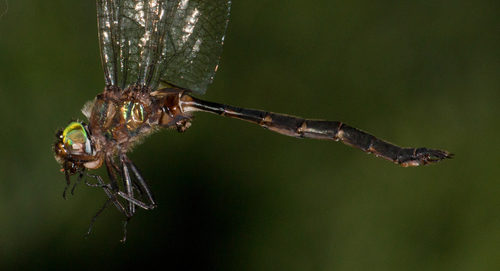
An Emerald Discovered in Victory
Mike Blust and Josh Lincoln had a plan hatched by a fellow naturalist. Hike deep into the forest to a bog in northeast Vermont and find a rare emerald dragonfly that had never been seen in Vermont. Read about their trials and tribulations that led to elation at discovering this beautiful insect for the Vermont Damselfly and Dragonfly Atlas.
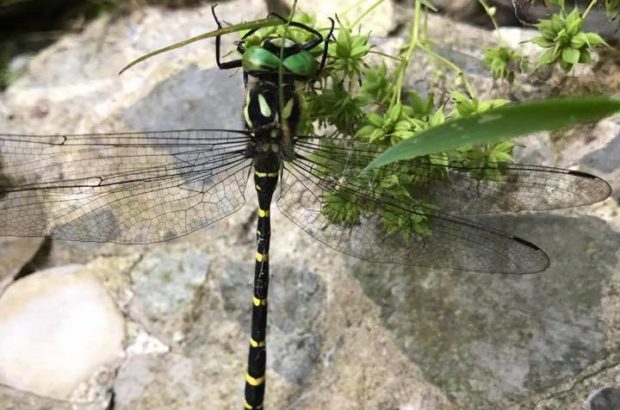
A Tiger Found in Vermont
Congratulations, Vermont. You’ve got a new dragonfly — Tiger Spiketail (Cordulegaster erronea). Dale Ferland, an angler who likes to poke around rivers, snapped that photo above on Monday from the Black River in Springfield and it was posted and confirmed on iNaturalist Vermont.
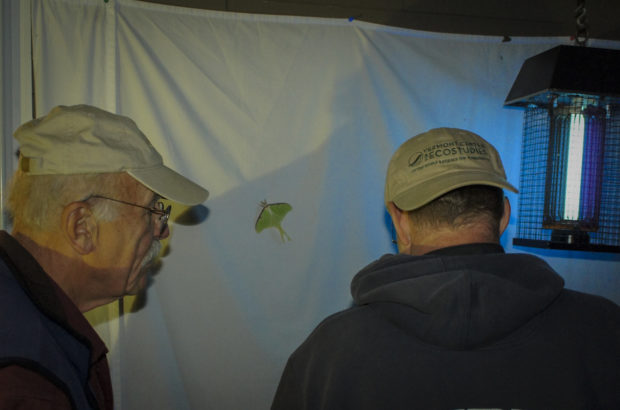
VAL Updating the Checklist of Vermont Moths
The checklist of Vermont moths is being updated by the Vermont Atlas of Life. Thanks to the tireless efforts of both professional and amateur Lepidopterists, nearly 400 new moth species have been found in Vermont since 1995. There are likely many more awaiting discovery.
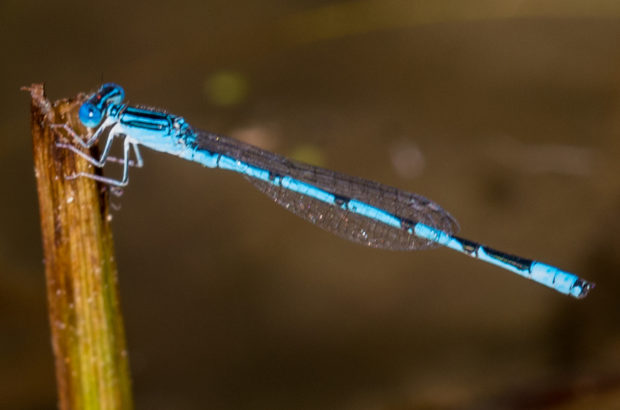
New Damselfly Species Found in Vermont
It was a routine warm September day in the field for naturalist Joshua Lincoln. As he snapped photos of a blue damselfly, he didn’t realize that he was actually documenting Vermont’s first record of the Double-striped Bluet.

Two New Bird Species Found in Vermont
The Vermont Bird Records Committee (VBRC) held its 35th annual meeting in November and reviewed 39 detailed reports of rare, out-of-season, and rare nesting species submitted by birdwatchers. Two new species of birds were discovered in Vermont as well as many other notable records.






